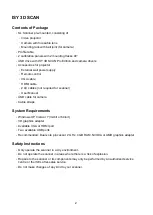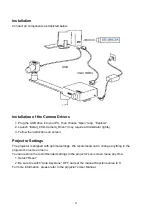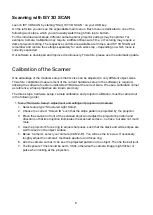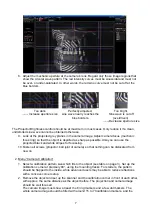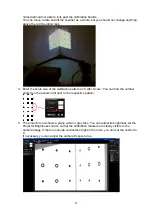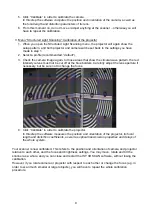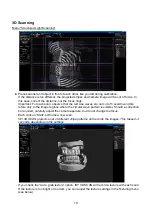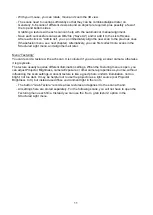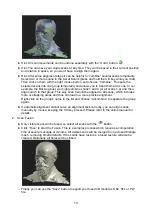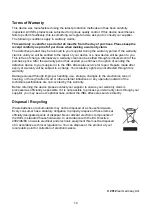
6
Scanning with ISY 3D SCAN
Launch ISY 3D SCAN by starting “Start_ISY 3D SCAN “ on your USB key.
On the left side you can see the expandable main menus. Each menu is dedicated to one of the
following work steps, which you will usually walk through from top to bottom.
For the individual work steps, different camera and/or projector settings may be optimal. For
example, Camera Calibration may require a different Exposure Time, or Texturing may require a
darker projector setting. The respective controls are available at all times, and ISY 3D SCAN will
remember and restore the settings separately for each work step – depending on which menu is
currently expanded.
Our software is developed and improved continuously. Therefore, please use the automatic update.
Calibration of the Scanner
One advantage of the modular setup is that its size can be adjusted to very different object sizes.
Therefore, calibration (measurement of the current hardware setup in the software) is required,
allowing the software to obtain undistorted 3D data at the correct scale. We use a calibration corner
as reference, whose properties are known precisely.
The three steps, hardware setup, camera calibration and projector calibration, must be carried out
in the following order.
1. Menu “Hardware Setup“: Adjustment and settings of projector and camera
1. Select setup type “Structured Light Setup“.
2. Choose the correct “Screen ID“ such that the stripe pattern is projected by the projector.
3. Place the scanner in front of the scanned object and adjust the projector's position and
direction so that its projection illuminates the scanned surface – not less, but also not much
more.
4. Use the projector's focus ring to adjust sharpness, such that the black and white stripes are
well focused on the object surface.
5. Below “Camera”, select your camera (CAM-2-M). You will see the live view. If necessary,
roughly adjust the camera's mechanic aperture and focus ring.
6. Aim the camera so that it can see the projected pattern on the object. Then fix the ball joint.
7. The Exposure Time should be set to 1/60s, otherwise the camera image might flicker or
pulse when looking at the projection.


